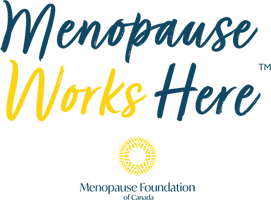If you're suffering from an autoimmune disorders, low dose naltrexone (LDN) has shown promise to help reduce chronic symptoms.
Originally used to treat opioid addiction, low doses were first tried by Dr. Bernard Bihari in a clinical trial and showed boosted immune function in HIV/AIDS patients. LDN may positively affect the immune system and pain in a number of chronic diseases such as autoimmune disorders and cancers. Uses for LDN therapy include:









